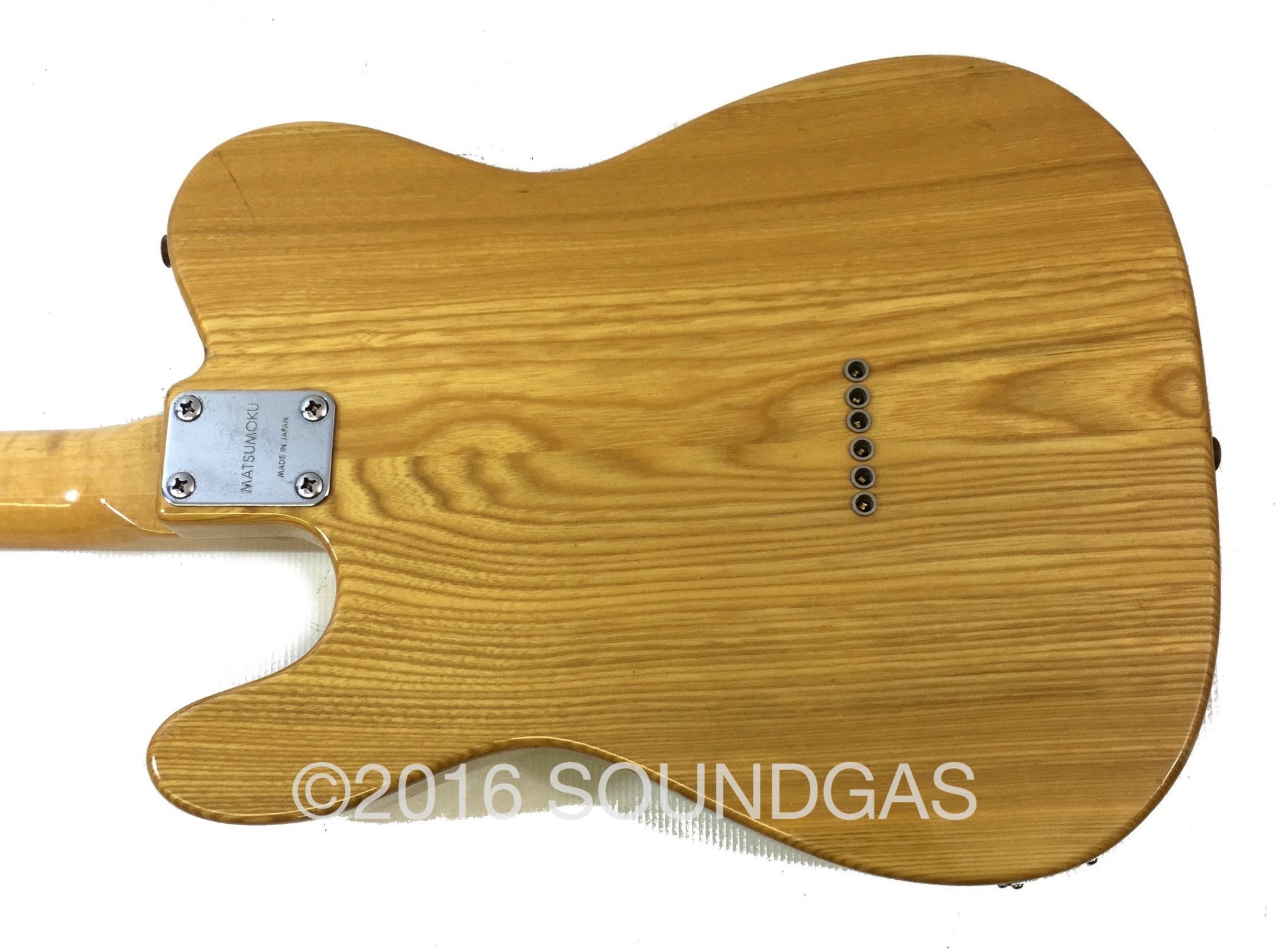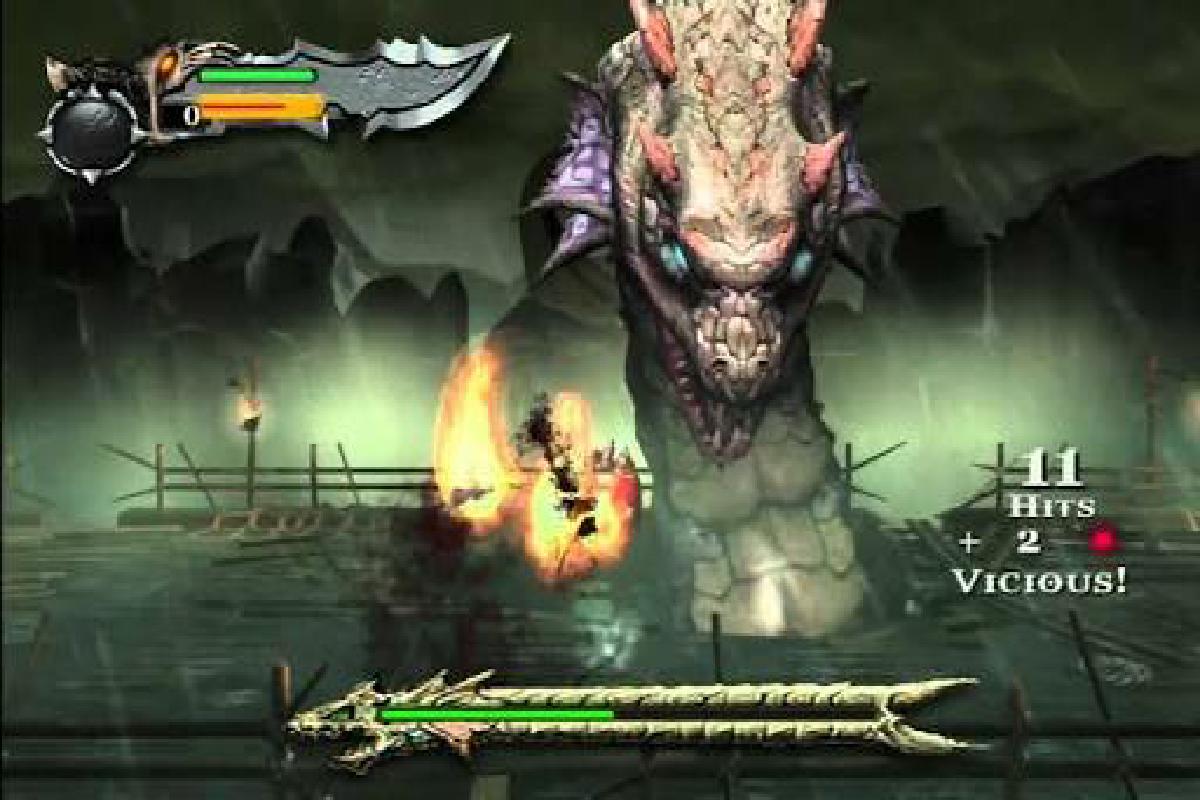
These dead stock were sold in Japan by Kanda Shokai, and it was the beginning of Greco guitars dealt by Kanda Shokai. Their early headstocks were sometimes broken during long transport. 1962–1968 FujiGen began to manufacture Greco guitars for Goya Guitars, Inc. In 1961, FujiGen's production quality was dramatically improved, and they started to export guitars. MSV650 Michael Schenker signature 1960–1961 FujiGen, an early manufacturer of Greco, was established in Matsumoto city by Yutaka Mimura and Yuichiro Yokouchi on May 4, 1960, and started to manufacture classical guitars for Kanda Shokai and Kamano Gakki. Why don't we get together and make it sound good, too? Then you can put my name on it properly". It looks nice, but it doesn't actually sound that nice. I said, "Thanks very much for sending it to me. Brian May played (or at least mimed) his BM-900 on several television appearances and in 1983 remarked:Ī Japanese firm called Greco made a Brian May guitar, an exact copy. The Greco BM line is particularly notable as they're almost endorsed signature models. Some notable guitar players who have used Greco guitars include Ace Frehley who used Greco Les Paul replicas when his band Kiss was on tour in Japan, Millie Rose Lee of Dead Witch and Elliot Easton of The Cars, Peter Tork of The Monkees on his 1979 -81 solo tours had 2 of the Tobacco Sunburst Les Paul models. Since the end of the Greco open book headstock Gibson replicas in the early 1990s, Kanda Shokai have produced various models using the Greco brand name such as the "Mirage Series" (similar to the Ibanez Iceman), various Gibson copies (not using the open book Gibson headstock design), Violin basses (VB), Zemaitis Guitars and addition to various other models.
.jpg)
In 1982 Kanda Shokai and Yamano Gakki become part of Fender Japan and Kanda Shokai stopped producing its own Greco Fender replica models. In 1982 the Greco "Mint Collection" was introduced, which continued the high standard of the "Super Real Series". Starting in 1979, the Greco "Super Real Series" was introduced which made available high standard replicas of Gibson and Fender models. Some other Greco Gibson-like models from the 1970s had a different headstock design, more like a Guild headstock design, that had a Greco logo with equally sized letters. By the mid/late 1970s most Greco Gibson-like models were being made with set necks and open book Gibson headstock designs.

These were very similar to the Ibanez Gibson-like models available at that time and most of these models had a Greco logo that looked more like "Gneco". In the early 1970s Kanda Shokai marketed Greco Gibson-like models, but with bolt-on necks rather than the set necks of genuine Gibson guitars. The "Shrike" model was unusual in that it had a pair of unusual "L" shaped pickups, with the corner of the "L" pointing towards the headstock on the neck pickup and towards the bridge on the bridge pickup These "boomerang" pickups predate the Gibson Flying V2 "Boomerang" shaped pickups by over 10 years. Kanda Shokai also marketed a few original designs in the late 60s including the Greco Semi-hollow "Shrike" guitars which were imported and marketed first by Goya and later by Kustom. These guitars were made by the FujiGen and Matsumoku (and possibly Teisco ) guitar factories and were very similar to the late 1960s Ibanez guitars based on Hagström and EKO designs.


In the mid/late 1960s, Kanda Shokai also exported some Greco-branded guitars based on Hagström and EKO designs for Avnet/Goya in the USA. Originally, Kanda Shokai used the 'Greco' brand name for the solid body models and used the 'Canda' brand name for its Acoustic models, basing this on the company name Kanda (Canda). It was not until 1966/1967 that Kanda Shokai began marketing Greco Telecaster-like models. Kanda Shokai was established in 1948 and the Greco brand name was started in 1960.


 0 kommentar(er)
0 kommentar(er)
